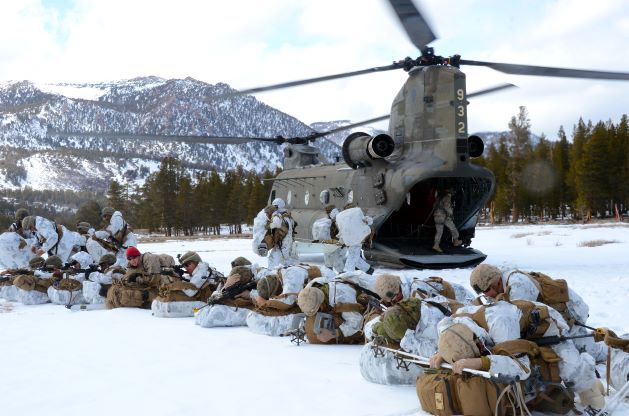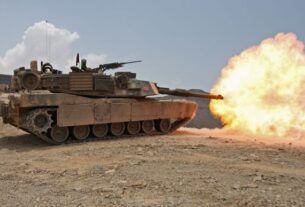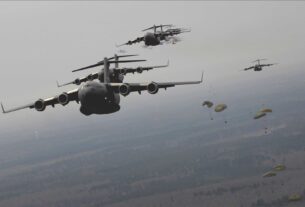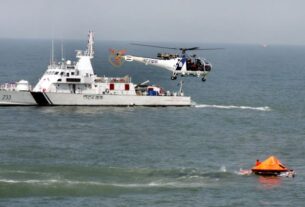Challenges of difficult terrain warfare
The recent Doklam standoff between India and China has taught a lesson that technology, quality manpower and topography should all be combined into a new model of mountain warfare. During the entire standoff phase, Indian troops were never visible to the Chinese despite later having the best technology. Therefore only technology can never meet the challenges of mountain warfare.
A more proactive approach to territorial defence by placing a greater emphasis on the integration of forward-deployed, highly mobile teams of special operations forces, coupled with advanced intelligence, surveillance, and reconnaissance (ISR) and precision strike capabilities will help India to counter any similar situation in future,
High mountain terrain is often inaccessible, uninhabitable or of no apparent value, yet peoples and states still fight to possess it. Long, bloody wars have been fought, and are being fought, for mountain. Over the past fifty years, high-altitude combat has raged in Africa, Asia, and South America.
There’s a reason that most governments train soldiers for mountain warfare. Most nations have mountains or are near mountains and throughout history many battles have often taken place in mountainous areas. America has faced that in Afghanistan, with the locals using the mountains to their advantage as much as possible to fight American forces.
Specialized operations
Mountains present unique challenges to soldiers and commanders alike and provide initial tactical advantage to native forces, the obvious advantage being enemy familiarization with physical terrain. Soldiers who are physically fit, mentally agile, and able to adapt to technological advantages, as compared to most potential adversaries, mitigate this enemy advantage.
High altitude and cold weather warfare are specialized military operations that require special training, special gear, and very special troops.
In the mountains, small mistakes can lead to catastrophic events, while technological supremacy can be negated by even the most crude and non-technical enemy actions.
In mountainous environments meteorological conditions are highly unpredictable and can undergo drastic shifts within a few hours. Extreme cold, altitude, and weather affect almost every element of military equipment, ranging from cannons to helicopter rotors and artillery operations. During the harsh winters, certain mountain passes can be temporarily inaccessible. Further heavy rainfall too can cause landslides, disrupting motorized traffic and troop movements.
The Indian Army is considered as among the best trained army in the world when it comes to mountain or high altitude warfare.
India, due to the instability in the region, hostile neighbors with the need for permanent deployments in the mountainous regions, has come a long way since 1962. India’s mountain warfare units were vastly expanded after the 1962 war, with the creation of 6 Mountain Divisions.
But it was the shortcomings and observations during the Kargil war which attracted Indian government’s attention towards training troops for a dedicated specialized mountain warfare, which is very essential in the 21st Century battlefield. The creation of a new mountain strike corps of along LAC is a welcome step in this direction.
Indian Army has recently started the process to raise the second division of the new mountain strike corps for the northern borders with China, while simultaneously planning a high-altitude warfare exercise in Ladakh later this year.
The new 72 Infantry Division, with its headquarters at Pathankot, will become fully operational in three years.
The Army had formally begun to raise the new 17 Mountain Strike Corps in January 2014 to acquire quick-reaction ground offensive capabilities for the first time against China.
The 17 Corps, with two new high-altitude infantry divisions as well as armoured, artillery, air defence, engineer brigades spread from Ladakh to Arunachal Pradesh, will be fully formed with 90,274 soldiers by 2021.
Along with the Agni series of nuclear-capable ballistic missiles, and backed by the deployment of additional fighter jets, tanks, conventional BrahMos supersonic missiles and the like in the north-east, the 17 Corps is part of the overall plan to achieve “credible deterrence” against the People’s Liberation Army (PLA).
It is no new fact that throughout the course of history, armies have been significantly affected by the requirement to fight in the mountains. With approximately 38 percent of the world’s landmass classified as mountains, the forces should be prepared to deter conflicts, resist coercion, and defeat aggression in mountains as in other areas.
Major mountain ranges, which are found in desert regions, jungles, and cold climate zones, present many challenge to military operations. Mountain operations may require special equipment, special training, and acclimatization. Historically, the focus of mountain operations has been to control the heights or passes.
Terrain challenges
Mountain operations are generally carried out at three different operational levels of terrain.
Firstly is the terrain which is located at the bottom of valleys and along the main lines of communications. At this level, heavy forces can operate, but manoeuvre space is often restricted. Light and heavy forces are normally combined, since vital lines of communication usually follow the valley highways, roads, and trails.
The second one lies between valleys and shoulders of mountains. Generally it is the narrow roads and trails, which serve as secondary lines of communication. Ground mobility is difficult and light forces will expend great effort on these ridges
The third level includes the dominant terrain of summit regions. Although summit regions may contain relatively gentle terrain, mobility at this level is usually the most difficult to achieve and maintain. But such terrain can however, provide opportunities for well-trained units to attack the enemy from the flanks and rear. At this terrain level, acclimatized soldiers with advanced mountaineering training can infiltrate to attack lines of communication, logistics bases, air defence sites, and command infrastructures.
Virtually every country in the world that contains or has interests in mountainous areas has specialized troops trained for the extreme climate and terrain. Some countries such as Finland, Norway and Sweden train virtually all troops for this type of warfare. Even countries that do not have mountainous areas will probably have at least a few special operators who have received mountain training. Many countries specifically select mountain troops from citizens living in mountainous terrain. These recruits are already acclimated to higher altitudes and usually are skiers and used to working in cold weather.
In cold and high altitude weather warfare it is the terrain and elements, more than enemy bullets or activity, that are the greatest danger to the individual fighting man.
In the mountains small mistakes can lead to catastrophic events while technological supremacy can be negated by even the most crude and non-technical enemy actions.
Therefore, mountain warfare calls for extreme physical fitness, mental toughness, endurance, and the utmost in tactical and technical proficiency on the part of all individuals. With proper leadership and preparation, the physical characteristics of mountains can support and enhance offensive operations.




